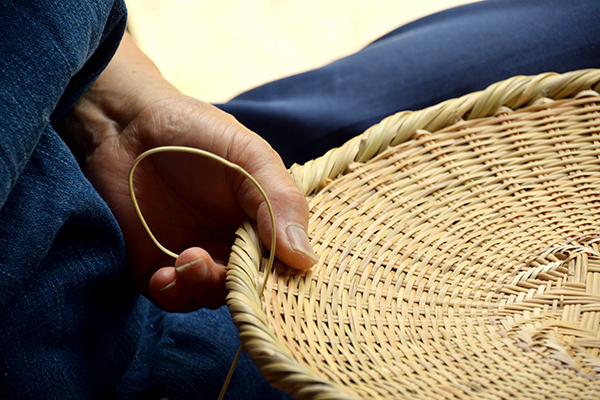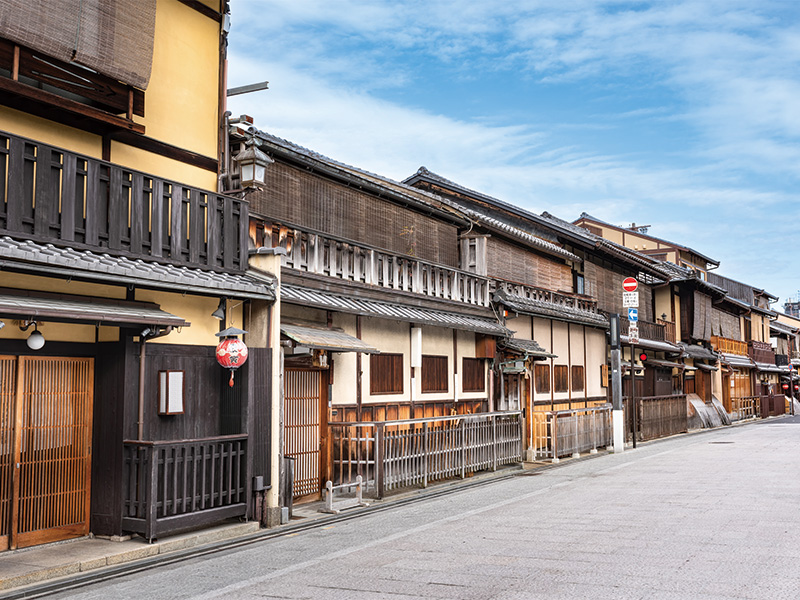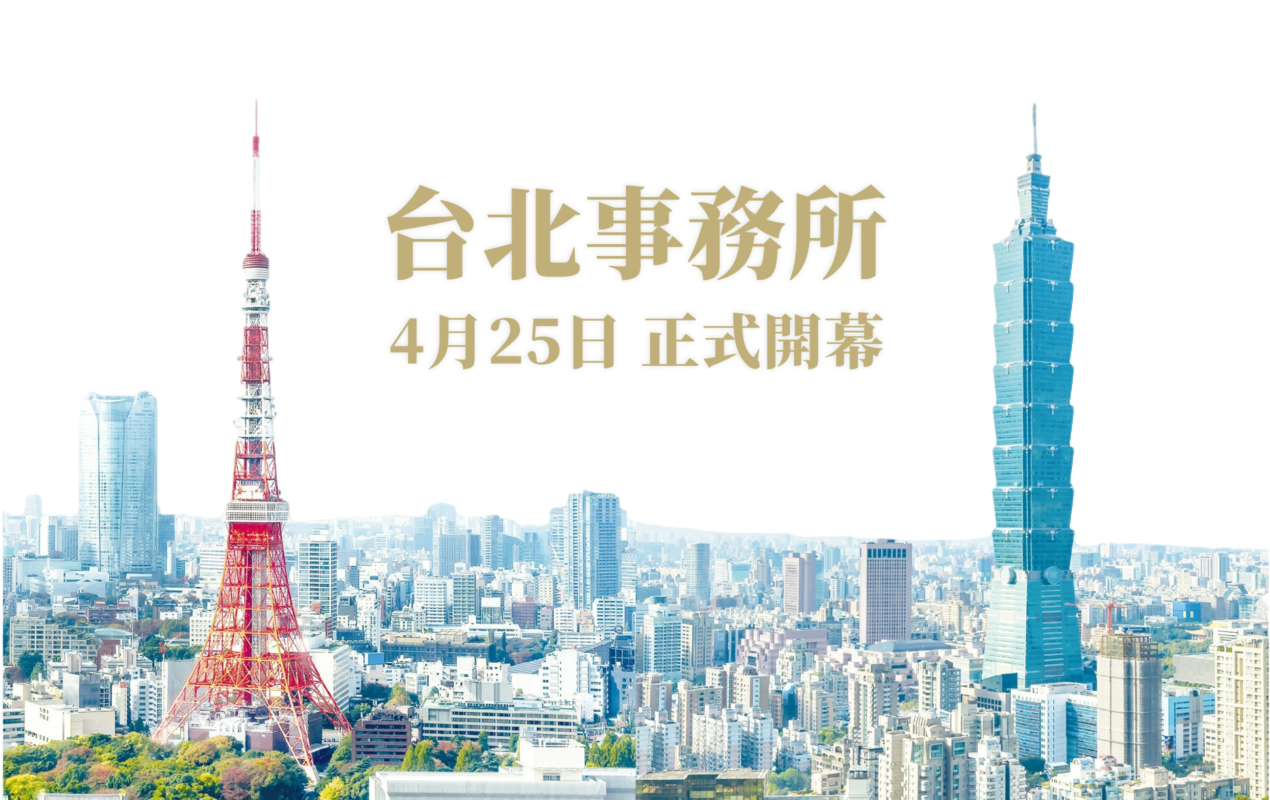Itabashi Ward is a highly popular area known for its well-established shopping streets, commercial facilities, and favorable living environment. It has received high acclaim, ranking within the top 10 in the "City Ranking for Easy Child-Rearing in Dual-Income Households" by Nikkei BP, not only within Tokyo but also nationwide.
The "Happy Road Oyama Shopping Street," which stretches for 560 meters and is vibrant with events, is one of the symbols of Itabashi Ward. Additionally, the number of urban parks places Itabashi 6th among the 23 special wards of Tokyo, and its park area ranks 8th. The district is rich in parks and green spaces, including the Arakawa riverbed, contributing to its reputation as an area abundant in greenery and nature.
During the Edo period, Itabashi was traversed by major roads such as the "Nakasendo" and "Kawagoe Kaido." Even today, the area retains its significance as a hub for land transportation, with major routes like the Shuto Expressway passing through. Furthermore, the presence of four railway lines—Tobu Tojo Line, Toei Subway Mita Line, JR Saikyo Line, and Tokyo Metro Yurakucho/Fukutoshin Line—makes commuting to and from the ward and the central Tokyo area convenient, adding to its appeal.
Former Itabashi-juku (Nakajuku)
Itabashi (bridge and cherry blossoms)
■1 Itabashi area until early modern times
During the late Kamakura period, the document "Eikei Hon Heike Monogatari" mentions that in the year 1180, Minamoto no Yoritomo set up a military encampment at "Takino-gawa in Musashi Province above Toshima." This indicates that the name "Itabashi" has existed since the late Heian period, over 800 years ago. The name's origin is said to be a small bridge over the Shakujii River.
On the cliff line overlooking the "Musashino Plateau" from the "Arakawa Lowland," you can find the ruins of mountain castles from the Warring States period, such as "Akatsuka Castle" and "Shimura Castle." Presently, the vicinity of "Akatsuka Castle" has become the "Akatsuka Tameike Park," while the area of "Shimura Castle" hosts institutions like "Itabashi Ward Shimura Elementary School" and "Shimura Kumano Shrine."
In the Edo period, the "Nakasendo," one of the five major routes, was developed. At that time, road development had significant importance for national unification. Itabashi became a hub as "Itabashi-shuku" was established, one of the "Edo Four Shukuba" and a central point in this region. Located approximately 9 km from Nihonbashi, the starting point of the Nakasendo, Itabashi flourished as a lively place where many travelers and Edo commoners visited as a gateway to Edo.
Furthermore, along the national roads originating from Nihonbashi, a milestone ("Ichirizuka") was built every ri (about 4 km). One of these, the "Shimura Ichirizuka," still exists and is designated as a national historic site.
The "Itabashi-shuku" comprised "Kamishuku" (modern-day Honmachi area), "Nakashuku" (modern-day Nakashuku area), and "Hirao-shuku" (modern-day Itabashi 1-chome area). Each had a village head, and in the middle of "Hirao-shuku," there was a fork in the road called "Hirao Oiwake," where the "Nakasendo" and "Kawagoe Kaido" diverged. A depiction from the late Edo period in 1835 titled "Kiso Kaido Itabashi no Eki" illustrates the entrance on the "Nihonbashi" side of "Hirao-shuku."
To the northeast of "Itabashi-shuku," in the picturesque area along the "Shakujii River," the largest daimyo residence in the Edo vicinity, "Kaga-han Maeda-ke Shimo-yashiki," was established. The "Kaga-han" possessed technology for manufacturing cannons and gunpowder, and during the late Edo period, the production of cannons and gunpowder took place at the "Kaga-han Maeda-ke Shimo-yashiki" for the defense of Edo. Waterwheels from the "Shakujii River" provided power for the manufacturing process.
In the late Edo period, Japan's first Western-style artillery training was conducted at "Tokumaru-gahara." The current name "Takashimadaira" is named after the artillery expert of that time, Akiho Takashima.
The Station of Itabashi on the Kiso Highway
■2 Itabashi Area in the Meiji to Taisho Era
In the late Edo period, the "Kaga Clan Maeda Family Lower Residence," which was engaged in the production of cannons and gunpowder, continued its operations as an artillery factory for the army as the Meiji era began. Subsequently, the area developed into a hub for military facilities of the army. Therefore, the current "Kaga Park" is not only the site of the "Kaga Clan Maeda Family Lower Residence" but also the site of the "Army Itabashi Gunpowder Manufacturing Plant." In the center of the park, remnants of the daimyo garden era's terraced mound remain, along with many traces of the gunpowder manufacturing plant.
In 1885, the "Itabashi Station" of the Japanese Railway (now JR Saikyo Line) opened, handling both passengers and cargo, becoming a pivotal transportation hub. With the implementation of the "town and village system" in 1889, the entire area of the former "Itabashi Shuku" became "Itabashi Town." As Tokyo expanded as a city, along with the development of railways and roads, large facilities such as racecourses, orphanages, hospitals, and farms were newly established or relocated from the city center, seeking spacious grounds and clean air.
Kaga Park (Former Lower Residence of the Maeda Family of Kaga Domain, Former Site of the Army Itabashi Gunpowder Manufacturing Plant).
Itabashi station
■3 Itabashi Area in the Early Showa Pre-War Period.
In 1932, during the expansion of the Tokyo city area, Itabashi Ward was established as one of the newly created 20 wards. Its jurisdiction included nine towns and villages from the northern Toshima District of Tokyo Prefecture: Itabashi Town, Kami-Itabashi Village, Shimo Village, Akatsuka Village, Nerima Town, Kami-Nerima Village, Nakaniai Village, Ishigami Village, and Oizumi Village. The central area, Itabashi Town, lent its name to the ward, and the ward office was initially located in the former Itabashi Town.
Among the original nine towns and villages, Nerima Town, Kami-Nerima Village, Nakaniai Village, Ishigami Village, and Oizumi Village now correspond to the current Nerima Ward. Although initially part of Itabashi Ward, the Nerima area pursued independence due to factors such as the distance of the ward office, leading to a movement for separation that culminated in the independent establishment of Nerima Ward in 1947, delineating the present boundaries of Itabashi and Nerima Wards.
During the early Showa period, with Tokyo's urban expansion, land readjustment and development of residential areas occurred across the western suburbs, particularly on the "Musashino Plateau," where Itabashi Ward is situated.
In the pre-war Showa period, industrial facilities, including those for the military industry, were established in Itabashi Ward due to nationalistic needs and the urgency of industrial self-sufficiency. As factories multiplied, infrastructure such as housing for workers and tram lines was improved, leading to an increase in residents, and commercial areas thrived, particularly around the train stations. The provided photograph depicts the current state of Ko-azusawa.
Furthermore, the development of high-quality residential areas progressed, notably the "Jōboku-dai Housing Estate," which Tobu Railway systematically developed on its own land, commencing sales in 1936. This estate received high praise and is currently a popular upscale residential area.
Current Azukizawa
Tokiwadai townscape
■4 Post-war to present Itabashi area
In the post-war era, as Japan transitioned from wartime industries to peacetime production, the flourishing optical industry in the Itabashi area successfully shifted its focus to manufacturing consumer goods like cameras. This transition contributed to the continued growth of the industry. Additionally, industries such as printing and food production, taking advantage of their proximity to urban areas, thrived. Notable companies that originated in Itabashi Ward and grew into leading manufacturers in Japan include "S&B Foods Inc.," known for spice production and sales, and the musical instrument manufacturer "Nippon Gakki (Yamaha)."
While some factories continue production within the ward, there has been a trend of companies relocating their manufacturing functions to the suburbs in recent years. This shift has led to the development of large-scale condominiums and commercial facilities on the expansive former factory sites.
The "Itabashi Land Readjustment Project" was implemented by the "Japan Housing Corporation" (now UR) in 1966. In 1969, the "Takashimadaira Danchi" (Takashimadaira Housing Complex) began construction and was completed, with residents moving in by 1972. With a total of 10,170 units, comprising 8,287 rental units and 1,883 for sale, the "Takashimadaira Danchi" stands as the largest single residential complex in Japan.
Having developed as a residential area since the pre-war period, various shopping districts flourished around the train stations. Particularly noteworthy are the "Nakajuku Shopping Street" along the former Itabashi post station and the arcade shopping street "Happy Road Oyama" in front of Oyama Station, both well-known bustling shopping districts nationally. The birth of the "Happy Road Oyama Shopping Street," with approximately 200 stores, dates back to 1978. Seeking to rival the anticipated excitement of the opening of Sunshine City in Ikebukuro that same year, the shopping street pioneered initiatives such as the introduction of a common point card before other shopping districts nationwide and the hosting of the nationwide "Furusatofureai Shop Village" event. Since its establishment, the shopping street has continued various initiatives, entertaining visitors from its inception to the present day.
Takashimadaira Danchi
Happy Road Oyama
■5 Future plans for Itabashi area
In the Itabashi area, which has been traversed by major highways since the Edo period, significant redevelopment projects are underway, including the "Oyama-cho Cross Point Surrounding Area," "Oyama-cho Piccolo Square Surrounding Area," and the "Itabashi Station Itabashi Exit Area."
The redevelopment of the "Oyama-cho Cross Point Surrounding Area" includes the simultaneous improvement of urban planning roads. While the arcade shopping street "Happy Road Oyama" will be divided, the design ensures the continuity of the shopping district. The redevelopment is expected to enhance urban safety, accommodate the increasing population due to the construction of high-rise apartments, and improve overall living conditions.
At the west exit of "Itabashi Station," two urban redevelopment projects, the "Itabashi Station Itabashi Exit Area" and the "Itabashi Station West Exit Area," are in progress, along with the "Itabashi Station West Exit Plaza Improvement Plan."
The "Itabashi Station Itabashi Exit Area" redevelopment is scheduled for completion in 2028. In Block A, located just west of the "West Exit Plaza," a 37-story tower apartment with two underground floors will be constructed. Block B, positioned to the north, will feature a six-story building housing shops and offices. ※Itabashi Ward official website: https://www.city.itabashi.tokyo.jp/_res/projects/default_project/_page_/001/006/328/attach_95595_1.pdf
The current "West Exit Plaza" of "Itabashi Station," completed in 1968, faces challenges related to aging, safety, and functionality. Prompted by the aforementioned redevelopments, the "Itabashi Station West Exit Plaza Improvement" project has been initiated. The goal is to create a "safe and secure station square," a "station square suitable as the gateway and face of Itabashi Ward," and a "lively and relaxing station square." The redevelopment will be carried out in harmony with these objectives, aiming to revitalize the area.
Development image of Daisen Town Cross Point urban redevelopment project (image seen from Kawagoe Highway)
Development image of the Daisen Town Cross Point urban redevelopment project (image seen from the Tobu Tojo Line)
■6 Tradition/Culture Mini-column “Tokyo Somekomon”
"Komon" is a type of dyed fabric characterized by extremely small patterns that are repeated throughout. Edo Komon, in particular, is primarily based on single-color dyeing, making it appear almost plain when viewed from a distance. It is said to have developed during the Edo period when various feudal lords dyed patterns on their ceremonial robes to distinguish their domains.
The workshop "Edo Komon Dyeing Studio Kobayashi Somengei" located in Itabashi Ward not only produces formal kimono and obi but also utilizes advanced techniques to create a wide range of items, including T-shirts, fans, and wallets.

The












